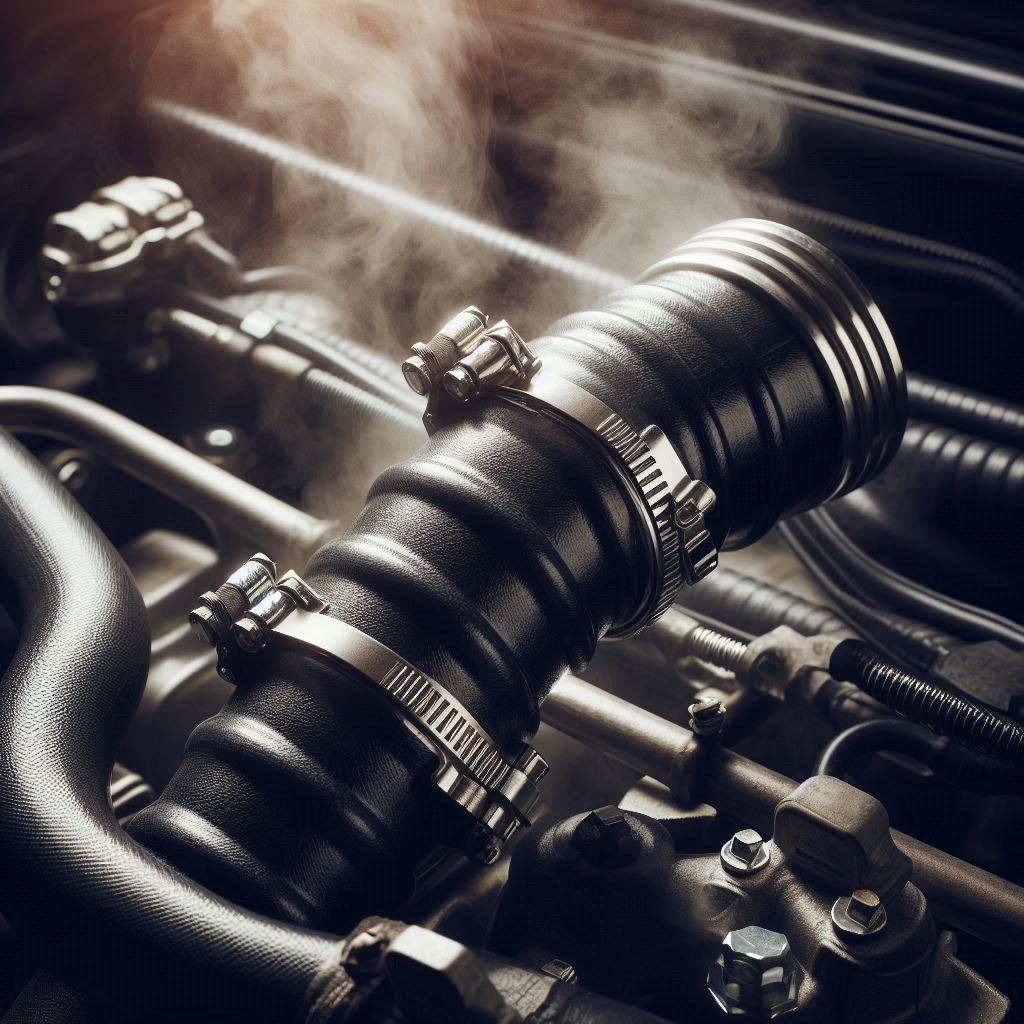Silicone heater hoses have revolutionized automotive and industrial applications, offering significant advantages over traditional rubber hoses. These innovative components provide superior heat resistance, durability, and flexibility, making them an increasingly popular choice for performance enthusiasts and manufacturers alike.
Silicone hoses outperform rubber hoses in extreme temperature conditions, maintaining their structural integrity and performance even in high-heat environments. This characteristic makes them ideal for use in radiator systems, turbocharger setups, and other applications where heat management is crucial. Additionally, silicone hoses offer greater flexibility and resilience, allowing for easier installation and reducing the risk of cracking or degradation over time.
The longevity of a 3/4 silicone heater hose is another compelling reason for their growing popularity. While the initial cost may be higher than rubber alternatives, the extended lifespan and reduced need for replacements often result in long-term cost savings. This durability, combined with their resistance to chemicals and weathering, makes silicone hoses a smart investment for both automotive enthusiasts and industrial applications.
Key Takeaways
- Silicone hoses offer superior heat resistance and durability compared to rubber hoses
- The flexibility and resilience of silicone hoses facilitate easier installation and maintenance
- Long-term cost-effectiveness is achieved through the extended lifespan of silicone hoses
Comparative Analysis of Material Properties
Silicone heater hoses and traditional rubber hoses differ significantly in their material properties. These differences impact their performance in automotive and industrial applications.
Temperature Resilience and Heat Resistance
Silicone hoses excel in high-temperature environments. They can withstand temperatures ranging from -60°C to 260°C (-76°F to 500°F). This makes them ideal for use in turbochargers and near engine components.
Traditional rubber hoses typically operate between -40°C to 125°C (-40°F to 257°F). They may degrade or fail when exposed to extreme heat for prolonged periods.
Silicone maintains its properties at higher temperatures, ensuring consistent performance in demanding conditions. This stability is crucial for maintaining coolant flow and preventing leaks in high-heat areas of the engine.
Durability and Chemical Resistance
Silicone hoses demonstrate superior resistance to chemicals, oils, and fuels. They are less prone to degradation from exposure to these substances, which is common in engine environments.
Traditional rubber hoses can deteriorate when exposed to:
- Engine oil
- Fuel vapors
- Ozone
- UV radiation
Silicone’s chemical resistance translates to longer service life and reduced maintenance needs. It resists aging and environmental factors better than rubber, maintaining its integrity over time.
Rubber hoses may require more frequent replacements due to cracking, swelling, or hardening caused by chemical exposure and aging.
Physical Flexibility and Structural Integrity
Silicone hoses offer excellent flexibility without compromising structural integrity. They can bend and flex to accommodate complex routing in tight engine compartments.
Key benefits of silicone’s flexibility include:
- Better vibration absorption
- Reduced stress on connection points
- Easier installation in cramped spaces
Traditional rubber hoses become less flexible over time, potentially leading to cracks or leaks. They may not maintain their shape as well under pressure or repeated flexing.
Silicone’s ability to retain its properties ensures consistent performance throughout its lifespan. This reliability is crucial in both automotive and industrial applications where system integrity is paramount.
Practical Benefits and Considerations
Silicone heater hoses offer numerous advantages in real-world applications. They provide long-term value, versatility across industries, and aesthetic options. Installation and maintenance aspects also play a crucial role in their appeal.
Longevity and Cost-Effectiveness
Silicone hoses boast a significantly longer lifespan compared to traditional rubber hoses. This durability translates to fewer replacements over time, reducing long-term costs for users. While the initial investment in high-quality silicone hoses may be higher, their extended service life often proves more cost-effective.
Silicone hoses maintain their integrity under extreme temperatures and pressures. This resilience is particularly valuable in automotive applications, where engine heat and coolant pressure can quickly degrade rubber hoses.
Application Diversity
The versatility of silicone hoses extends beyond automotive use. These hoses find applications in medical equipment, pharmaceutical production, construction machinery, and food and beverage processing.
Silicone’s inert properties make it ideal for industries requiring strict sanitation standards. Its resistance to chemicals and extreme temperatures allows for use in diverse environments.
In automotive aftermarket applications, silicone hoses offer improved performance over OEM rubber parts. They can withstand higher boost pressures in turbocharged engines and maintain flexibility in cold weather.
Aesthetics and Customization Options
Silicone hoses are available in a wide range of colors, allowing for customization to match specific design aesthetics. This feature is particularly appealing in custom automotive builds and specialized industrial equipment.
The smooth, glossy finish of silicone hoses contributes to a clean, professional appearance. This aesthetic quality is valued in both visible engine bays and industrial settings where presentation matters.
Custom shapes and sizes are easily manufactured, enabling silicone hoses to fit unique applications where standard rubber hoses may fall short.
Installation and Maintenance Considerations
Installing silicone hoses often requires careful handling to ensure proper fit and prevent damage. Their flexibility can make installation easier in tight spaces, but care must be taken not to over-tighten clamps.
Silicone hoses typically form a more reliable seal than rubber hoses, reducing the risk of leaks. This watertight property is crucial in maintaining system integrity and preventing coolant loss.
Maintenance of silicone hoses is generally minimal. They resist cracking, swelling, and deterioration better than rubber hoses. Regular inspections for wear or damage are still recommended to ensure optimal performance and longevity.
Conclusion
Silicone heater hoses offer significant advantages over traditional rubber hoses in automotive applications. Their superior heat resistance, flexibility, and durability make them ideal for high-performance engines and demanding environments.
While silicone hoses may have a higher upfront cost, their longer lifespan and reduced maintenance needs often result in cost savings over time. For those seeking optimal performance and reliability in their vehicle’s cooling system, silicone heater hoses present a compelling choice.



